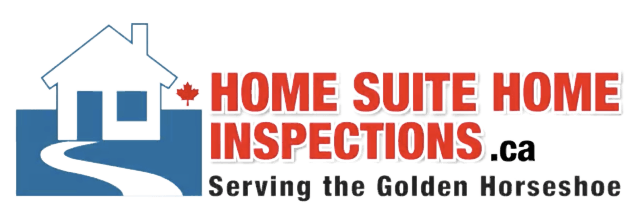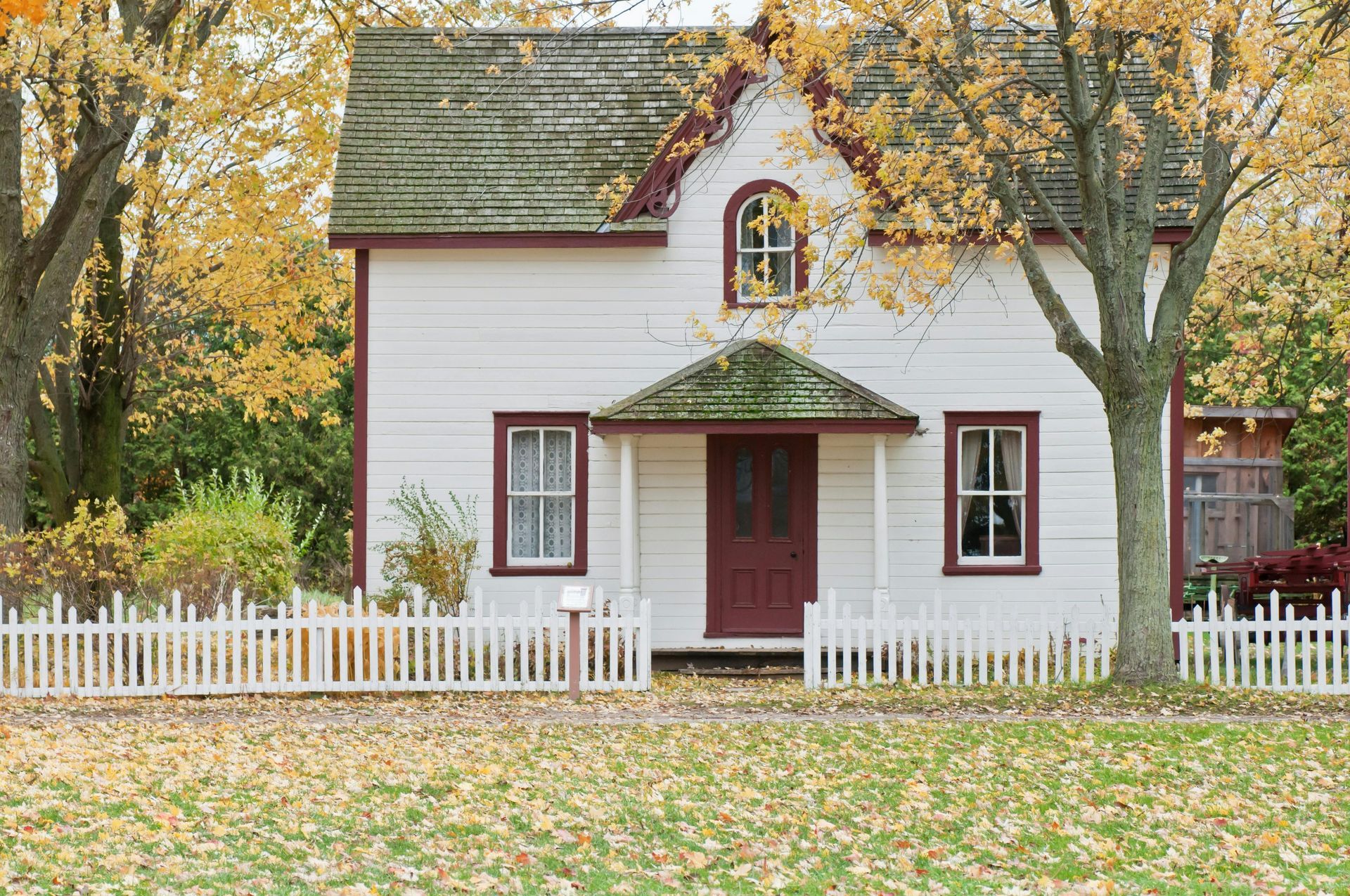Preventing Ice Dams During Those Winter Months
Preventing Ice Dams and Winter Home Hazards
As winter approaches, homeowners must be vigilant about potential issues, particularly the formation of ice dams. Ice dams are not only a nuisance but can also lead to serious damage if left unchecked. As a Certified Master Inspector (C.M.I.) and owner of Home Sweet Home Inspections, I've found that many of these problems stem from preventable factors related to maintenance and awareness.
What Causes Ice Dams?
Ice dams form when heat escapes from your living space into the attic, causing the roof to warm and leading to the melting of snow. This melting snow flows down the roof and refreezes at the eaves, creating a barrier that traps additional melting snow. This buildup can lead to water intrusion, potentially damaging your home. Key contributing factors include:
1. Inadequate Attic Insulation
Insufficient insulation allows heat to escape, warming the roof unevenly and accelerating snow melting.
2. Improper Ventilation
Without proper ventilation, cold air is unable to circulate in the attic, leading to fluctuating temperatures that promote the formation of ice dams.
3. Clogged Gutters
Debris accumulation in gutters can obstruct water drainage, resulting in ice buildup on the roof's edge.
4. Unsealed Air Leaks
Gaps around vents, pipes, and other openings allow warm air from the home to escape, further contributing to uneven roof temperatures.
Protect Your Home
At Home Sweet Home Inspections, we are dedicated to helping you maintain a safe and efficient living environment. Our extensive services cover both residential and commercial property inspections throughout the Niagara Region in Ontario, Canada. Our team of certified inspectors, trained through interNACHI’s rigorous standards, is equipped to provide insights into mold, vermiculite, and radon through laboratory testing upon request, as well as ensuring the safety of fireplaces and wood stoves with our certified WETT inspector.

